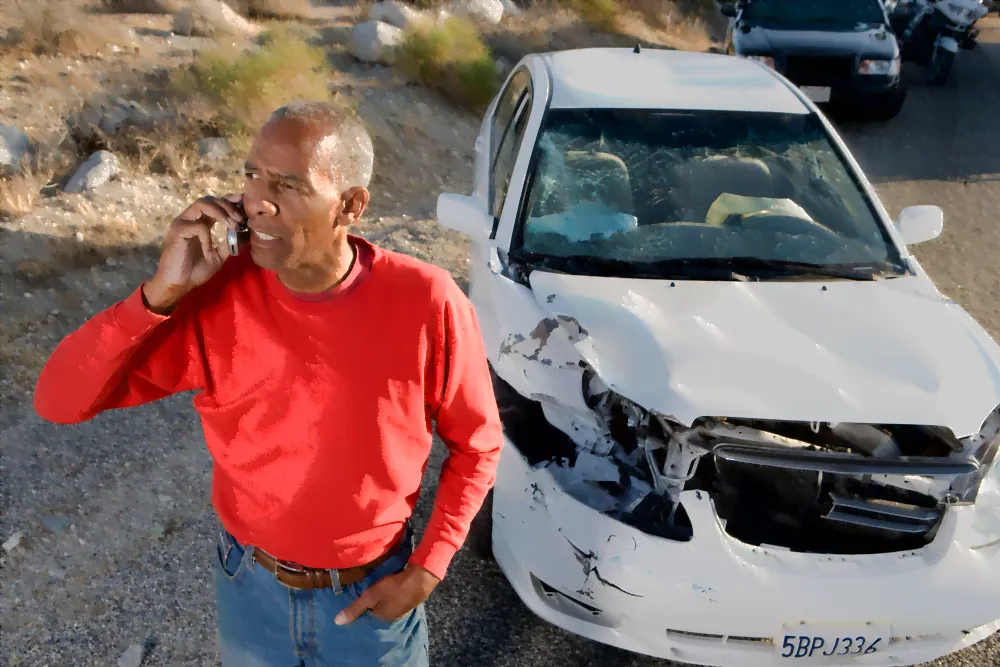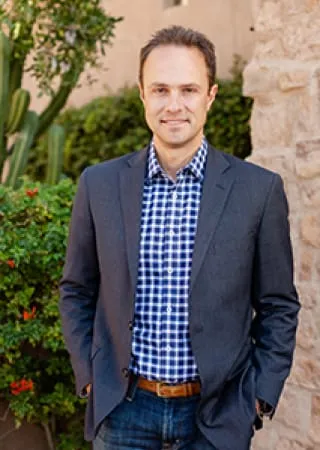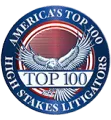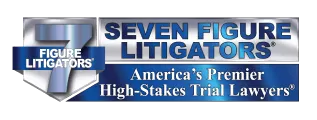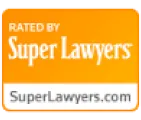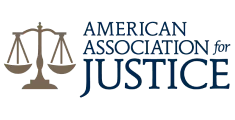Getting hurt in a Cheyenne, WY accident can turn your life upside down. Many victims feel helpless as they try to recover from their injuries and take stock of their financial future. The right car accident lawyer, however, can offer much-needed support and answer the many questions you have.
Ask a Cheyenne, WY Car Accident Lawyer: Can You Still Claim Damages If You’re Partially at Fault?
The answer to this question depends on the extent to which you are at fault. Under Wyoming Statutes section 1-1-109, the state abides by a rule known as comparative negligence. This means you can recover damages for an injury sustained in a car accident, but the monies awarded will be reduced by your share of negligence.
An important caveat to this rule does exist: if your share of liability exceeds 50% of the total fault of all parties, you cannot receive any compensation in court or from a settlement. If you are found to be 49% at fault and the other party is 51% responsible, you can recover a total of 51% of your damages.
A Textbook Example
Let’s say a jury finds your injuries, pain and suffering, and other losses equal to an award of $20,000. But the jury also determines you are 10% responsible for the car accident that caused those injuries. In this situation, your damages – $20,000 – are reduced by 10%, or $2,000. This leaves you with a total award of $18,000.
Judges and juries (if your car accident case makes it all the way to trial) in Cheyenne, WY, are bound by the comparative negligence rule, meaning they cannot override it. This same rule will also guide an insurance adjuster as they evaluate your case. Because no empirical method exists to identify fault, any allocation of responsibility will come down to your car accident lawyer’s ability to persuade a judge or jury or negotiate with the insurance adjuster.
Determining Legal Liability
Accidents usually happen because a party, or multiple parties, behaved in a careless manner. The basic rule is this: if two people were involved in an accident, and one was less careful than the other, the less careful one is responsible for paying at least some of the other’s damages. It is this standard of carelessness that governs legal liability for nearly all accidents.
Situations to Consider
Other propositions come into play, as well. For instance, if an injured person was standing or crossing a street where they were not supposed to be, or somewhere known to be unsafe, the person who caused the accident may be found not liable because they had no “duty” to be careful toward the injured person. Likewise, if an employee is injured at work, but the injured employee caused the accident, the employer may not be found responsible for the accident.
If an accident happened on property rendered dangerous because it was poorly maintained or built, the property owner may be held liable for carelessness – even if they did not create the dangerous condition. Finally, if a defective product caused an accident, both the manufacturer and seller may be held responsible. This is true even if the injured person does not know exactly how the defect happened.
When Multiple Parties Are at Fault
Again, going back to the comparative negligence rule, a percentage of liability is assigned to each driver found responsible for a car accident. We said this earlier, but it’s important to understand no magic formula can help identify the exact percentage of a driver’s comparative carelessness.
Your car accident lawyer will therefore need to sort through substantial evidence. And during claims negotiations with the insurance adjuster, all the factors that might have caused the accident will need to be discussed and weighed.
Evidence to Strengthen Your Case
In Cheyenne, WY, local law enforcement officials are notified every time an ambulance is dispatched to a car accident. In most cases, the responding officer will create a report outlining details of the accident. Numbers correspond to specific components of an accident. To illustrate, the trooper will record a number if they observe front-end damage, another number if you go to the hospital, and still another if the car shows rear-end damage.
If the trooper believes the other driver caused the accident, the subsequent report will help strengthen your case. In fact, you may receive a settlement offer from the insurance provider without filing a lawsuit. This does not mean the settlement will be fair, but rather that the other party is clearly responsible for your injuries.
The Need for Additional Evidence
Sometimes, however, the trooper merely describes how the accident happened. They may write a note like, “Vehicle one crossed into vehicle two’s travel lane and struck vehicle two near the A pillar.” If your accident report reads like this, you will need additional evidence to prove which driver was responsible. This will require collecting additional information from other sources.
Interviews
One of the first places to start is with interviews. Your attorney may call an investigator who will look into the accident’s details and then conduct a formal interview with you. The investigator will also speak to other passengers who were in the vehicle at the time of the accident. Similarly, if the collision occurred in a public place, statements should be taken from passersby and witnesses.
The other party’s insurance adjuster may want to speak with you as well, but you should hesitate if you get a call from them or an investigator they’ve hired who wants the accident’s details. It’s important you provide this information only after your lawyer advises you to do so.
Digital Evidence
Vehicles are increasingly equipped with onboard computers that reveal data about accidents. If you were struck by a commercial vehicle or semi-truck, for instance, a “black box” should be available that recorded crucial information about the vehicle, including speed. Not every case needs such data retrieved, and not every vehicle records data, but it’s an element you should be aware of.
Cell phone records can also be used as evidence. They can signify if the other driver was distracted by talking or texting. Your attorney will be able to obtain this information by providing the phone company with subpoenas.
Physical Evidence
The damage sustained by both your body and the car can provide great insight into how the accident happened. Photographs of a damaged vehicle are often included as part of a trooper’s investigation. Many injury victims also take their own pictures of both their vehicle and injuries. And tow truck drivers occasionally use cell phone videos to record the vehicle being loaded onto the trailer or hooked to the towing equipment.
Your lawyer may also have an accident reconstruction expert or mechanic look over the car. If your accident was caused by a problem like a defective tire, proving your claim will require an expert who can evaluate the tire as well as the car. Your attorney can help you identify which evidence is important to your case as well as the pros who can get that evidence for you.
It’s easy to feel overwhelmed by the legal components of any car accident case. But with a caring, experienced attorney by your side, you can navigate these choppy waters and have your story heard. Our firm understands what you’re going through and is committed to fighting for the compensation you deserve. Schedule your consultation today by calling Ochs Law Firm.

